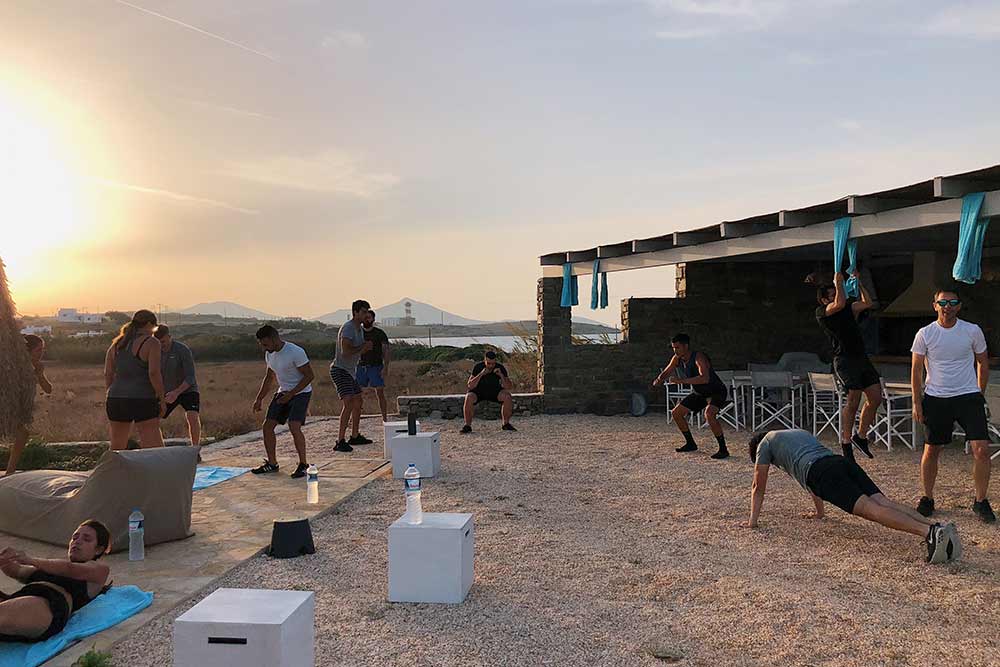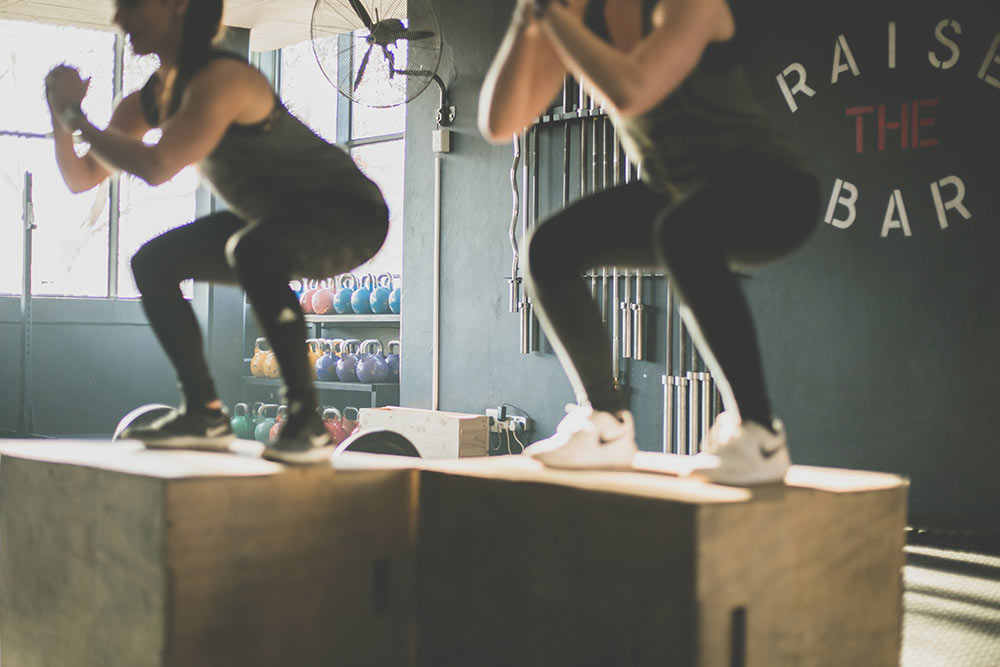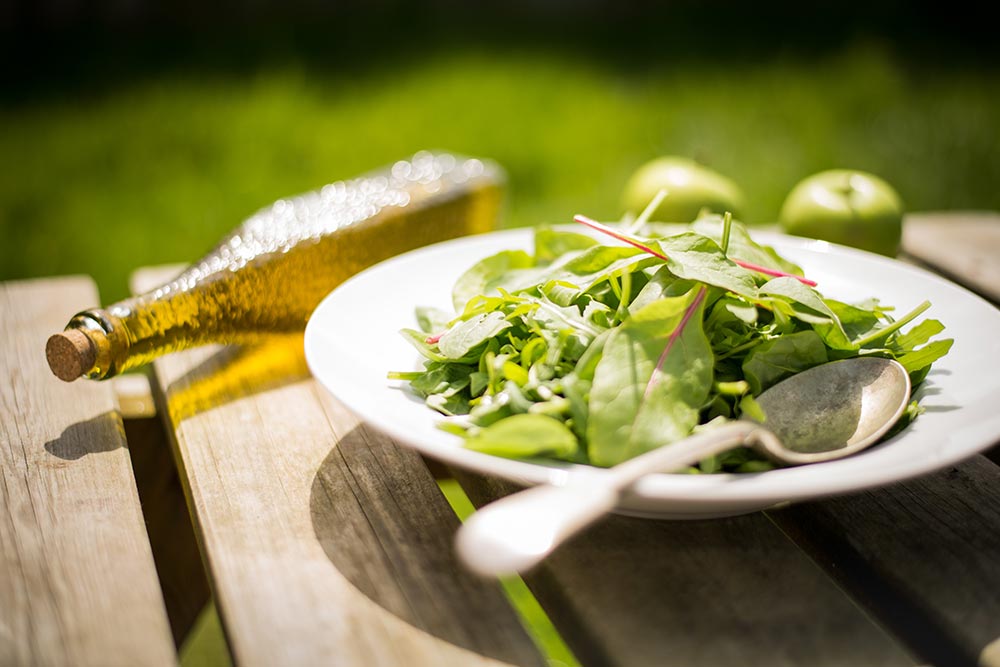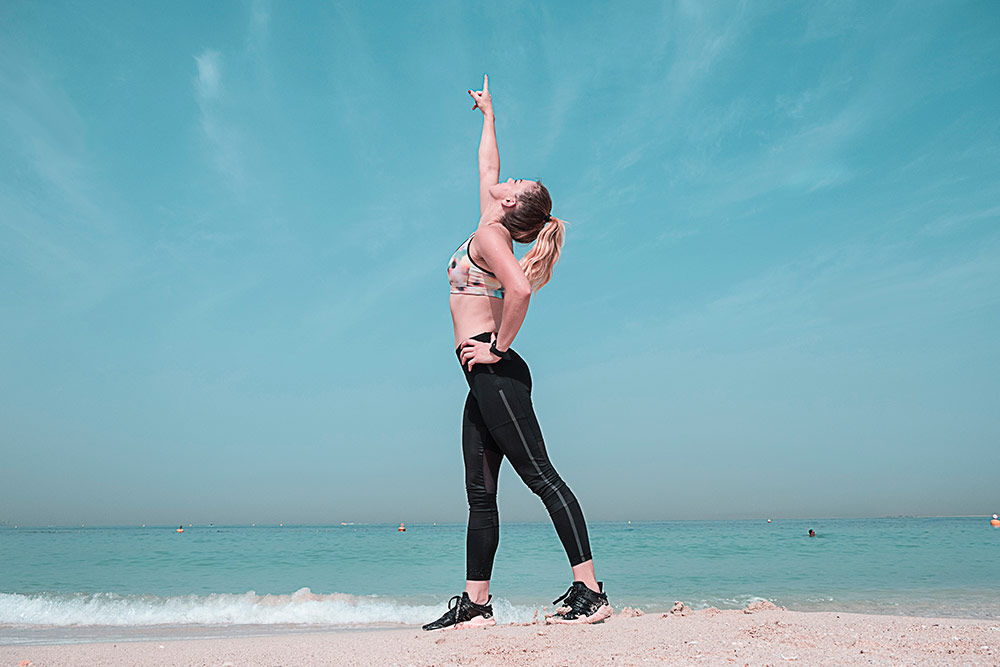Relative Energy Deficiency: Nutrition For Endurance Athletes

Evan Stevens
Speak with any endurance athlete and the topic of conversation almost always steers towards nutrition. Endurance athletes are the pickiest, most finicky bunch you will ever meet, from the over health conscious “I need to avoid fat, dairy, and processed sugar” types to the ones who ride the hype-train through the various nutrition fads (ketogenic, paleo, or whatever cleanse is being talked up in the media).
Yet the demands of training and the requirements of our sport means that we need to start being more conscious of what we are eating, and perhaps more importantly, how much we are eating. In recent weeks there has been a spattering of articles discussing the importance of maximizing nutrition for endurance athletes. While it has long been a priority to maximize nutrition for performance, these recent articles have framed their research goals around keeping an athlete healthy, avoiding injury, and ensuring they have long careers. The research focus of these articles has been dubbed “relative energy deficiency in sport” (RED-S). RED-S is a broader, more inclusive term that was once known as the female athlete triad.
Female Athlete Triad
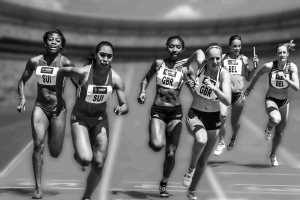
The female athlete triad is comprised of several interrelated health syndromes characterized by low energy/eating disorder, amenorrhea (absent or altered menstrual cycle), and decreased bone mineral density. These conditions wreak havoc on young and professional athletes alike, and you can often pick the athlete out among their peers by their distinct cycling of injury and recovery without any real, consistent training.
Called the female athlete triad because it was easiest to characterize through amenorrhea, our greater understanding of the conditions has shifted to include athletes at every ability and affects both men and women. Thus, RED-S was coined by the International Olympic Committee in 2014 to try and describe the nature and health impact of improper fueling.
Related Article: The Screening That May Predict Sports Injuries
RED-S in Men and Women
RED-S is easiest to detect in women because when they don’t fuel properly one of the first things to happen is that they miss their periods. While some athletes may think it is great and wear it as a badge of honor as if to say “look how hard I’m training,” it’s flat out not healthy and indicative of something being wrong. Lethargy and taking too long to recovery (or being unable to fully recover) between workout sessions as well as eating disorders are more difficult to assess and diagnose, and bone density issues are really only apparent when a stress fracture happens.
Men experiencing RED-S have lowered testosterone levels instead of amenorrhea which can only be assessed by a blood test (although lowered sex drive is also indicative of altered testosterone levels) and is why the condition was known as the female athlete triad for so long.
Recent data also shows that RED-S impairs basic physiological functions including metabolic rate, immunity, protein synthesis, and cardiovascular function. And it is all caused by simple energy deficiency; the athlete is working out and expending energy but not getting enough energy back in to replace what was lost.
While energy out being greater than energy in may seem great in theory to some of us trying to shed a few extra pounds, it is not what athletes, especially young athletes, want to be doing. Some
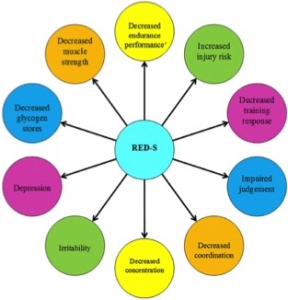
athletes believe that lighter is faster and that maintaining a certain peak race weight for prolonged periods of time is desirable but it couldn’t be further from the truth, especially when looking at career length and overall health.
The image to the right describes many ways in which RED-S affects athletic and even cognitive performance and why being properly fueled is imperative to overall health.
Bone Deposition
Our teen years are imperative to our bone density. During this time we have the greatest potential for increasing our bone mineral density, after which we can only maintain the density we have. If young athletes are not eating enough and not depositing enough bone minerals, this not only leads to more and frequent stress fractures but can have long-term effects on joints and overall bone health as we age.
Indeed, stress fractures are four and a half times more frequent in athletes suffering from RED-S, be they male or female, because they are not depositing enough bone minerals. The lack of energy alters the hormonal output and changes how we cycle our bone minerals, often taking more to use elsewhere than cycling back into our bones.
During a period of intense competition, an athlete may experience and indeed want to eat a little less to achieve a specific race weight or achieve a specific weight for weight-class based sports. But maintaining this status for longer than about two months can be harmful and have long-lasting effects. Women should not miss more than two consecutive menstrual cycles and all athletes should try to get their blood tested for nutritional anomalies three or four times a year. Anemia and iron deficiencies are quite common when stepping over the edge from “race fit” to RED-S.
Nutrition for Endurance Athletes
300 calories.
Just under fueling by as little as 300 calories can cause RED-S to set in. The good news is that RED-S doesn’t discriminate; calories are calories and RED-S can be rectified by consuming enough of them, regardless of the source. Because RED-S is described as an inadequacy in energy consumption, consuming more energy is a simple answer.
 Highly trained endurance athletes do not need to give up full-fat dairy products such as milk and cheese as they are a good source of energy as well as protein, which, as we know through many articles on Forever Fit Science, is imperative to athlete health and recovery.
Highly trained endurance athletes do not need to give up full-fat dairy products such as milk and cheese as they are a good source of energy as well as protein, which, as we know through many articles on Forever Fit Science, is imperative to athlete health and recovery.
We often make the endurance athlete diet overly complicated. Whole foods, certain protein types, avoiding specific foods believed to be irritants (gluten, fat, dairy, etc.) and an over-reliance of supplements is fairly typical for most athletes. Not eating to achieve a specific peak weight is fairly common in endurance sports as we believe the less weight we have to carry means we can be faster.
That isn’t to say you can stuff your face with burgers and fries all day. We just want more of the good stuff, ideally; we can keep it healthy and conscious to our individual needs but we just want more. Larger meals and more nutritious snacks throughout the day are an easy fix; fruit smoothies or an additional protein shake mid-morning or post workout is an easy way to add some quality calories to an athlete’s diet.
Related Article: The Importance of Food: How Should I Eat?
Other Healthy Snack Options
- Free fruit
- Bananas
- Apples
- Pears
- Trail mix
- Almonds
- Peanuts
- Dried fruits and berries such as blueberries and dates
- Chocolate chips/sweets (for those young at heart and mind)
- Protein bars
- Crackers with cheese/peanut butter
- Plain yogurt with fruit
- Cereals
Lots of fruit and things you traditionally think as being on the healthy side are going to put an athlete in the right place. It seems like there is no true magic formula to getting “enough.” Arguments can be made that an athlete needs to be a little more honed in on their nutrition around specific competitions or during competition phases. Indeed, maximizing race weight can be beneficial during these short periods, but long-term and especially in younger endurance athletes we need to be more aware of proper fueling and energy requirements in a sport for proper health.
Don’t be afraid to reach for that chocolate bar; while it might not be part of a traditional diet for endurance runners, it can provide enough calories and energy in a pinch.
It’s not rocket science, it’s just science.
Citations
De Souza, M., West, S., Jamal, S., Hawker, G., Gundberg, C. and Williams, N. (2008). The presence of both an energy deficiency and estrogen deficiency exacerbate alterations of bone metabolism in exercising women. Bone, 43(1), pp.140-148.
Mountjoy, M., Sundgot-Borgen, J., Burke, L., Carter, S., Constantini, N., Lebrun, C., Meyer, N., Sherman, R., Steffen, K., Budgett, R. and Ljungqvist, A. (2014). The IOC consensus statement: beyond the Female Athlete Triad—Relative Energy Deficiency in Sport (RED-S). British Journal of Sports Medicine, 48(7), pp.491-497.
Mountjoy M, Sundgot-Borgen JK, Burke LM, et al IOC consensus statement on relative energy deficiency in sport (RED-S): 2018 update Br J Sports Med 2018;52:687-697.
Muia, E., Wright, H., Onywera, V. and Kuria, E. (2015). Adolescent elite Kenyan runners are at risk for energy deficiency, menstrual dysfunction and disordered eating. Journal of Sports Sciences, 34(7), pp.598-606.
You Might Like:


